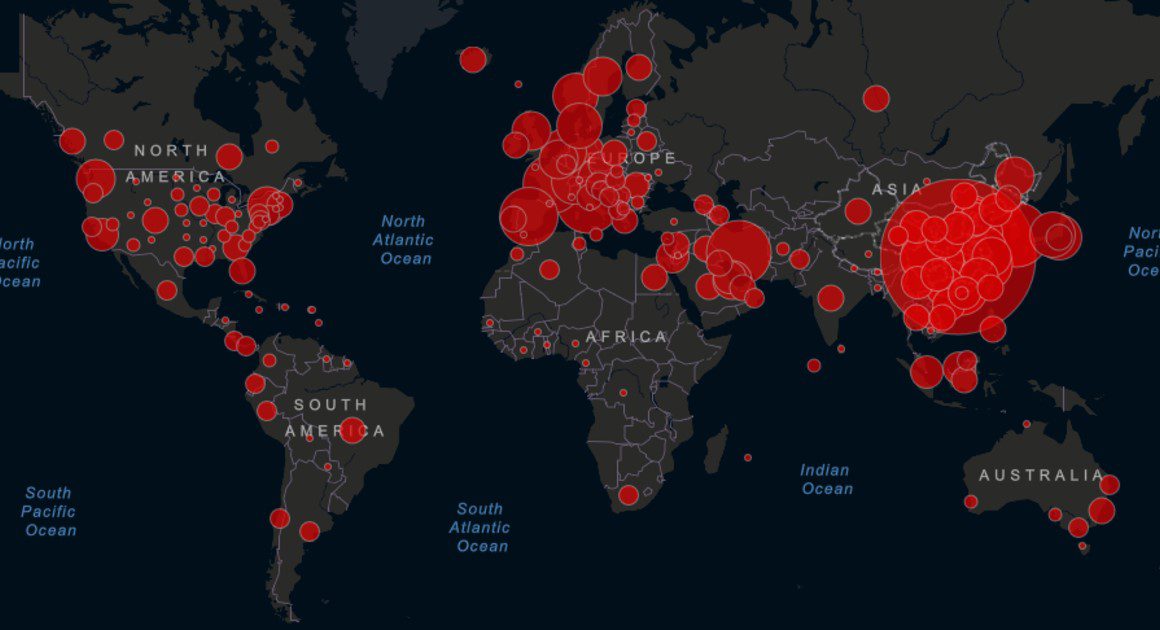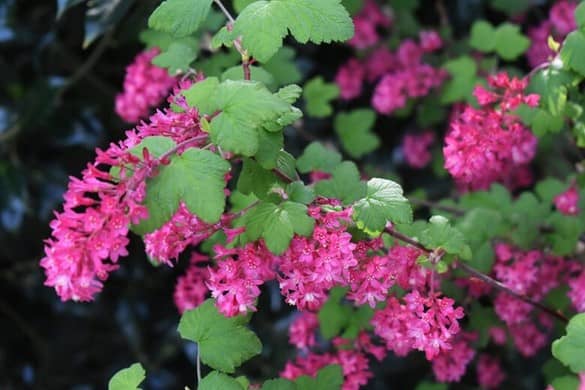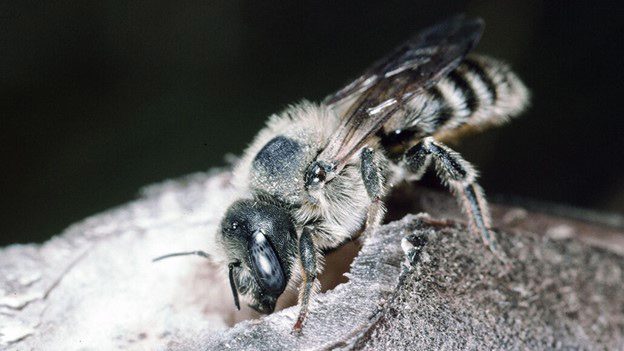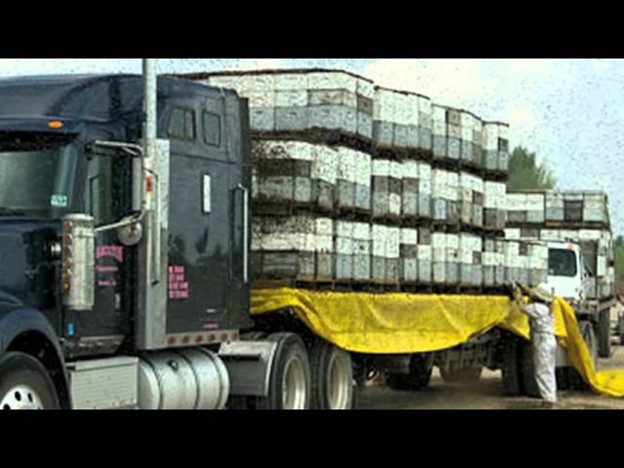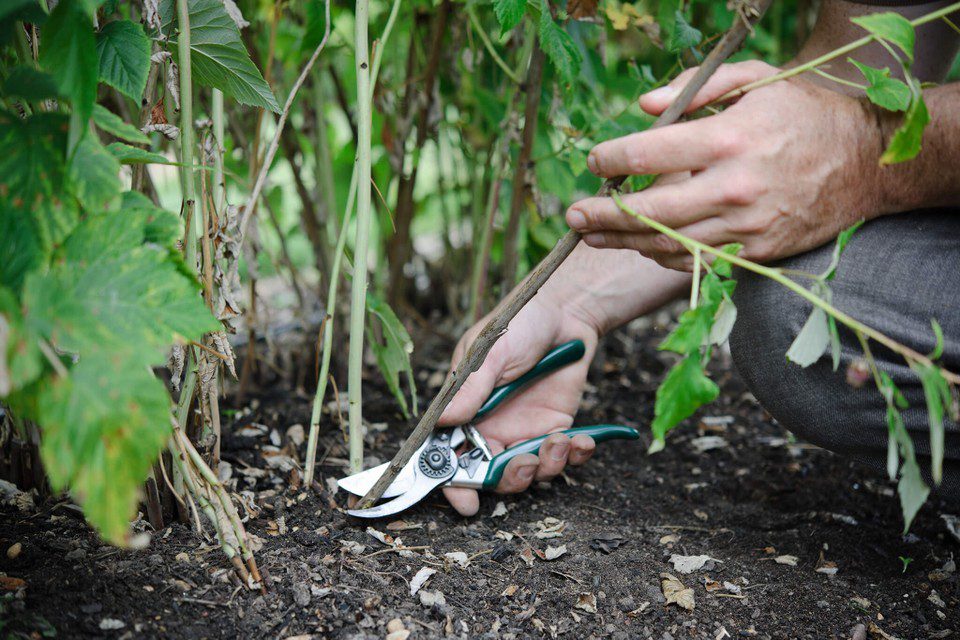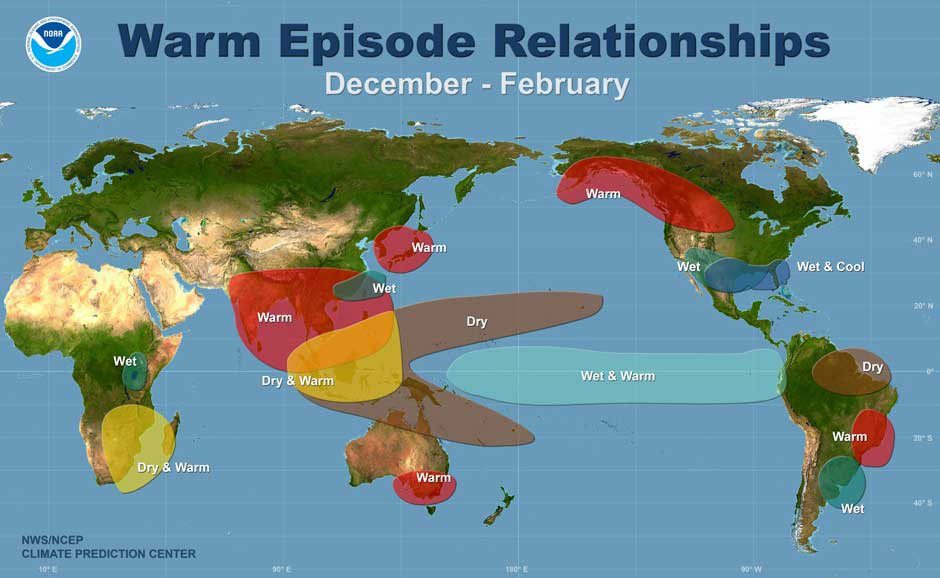Blog – Learn about mason bees and leafcutter bees.
Mason Bees and the Corona Virus | COVID-19
Mother nature keeps ticking, no matter what the state of the pandemic. Today is the first day of spring. And food production will be a priority regardless of the progress of COVID-19 – Mason Bees, Honeybees and Leafcutter bees will be busy pollinating crops. Food production is a high priority to ensure that populations can stay healthy and robust in the face of the pandemic. Mason bees
Nature needs us — and our gardens — to grow with wildlife in mind
Gardens | Nature needs us YOU AND I MIGHT NOT have met in person, but our gardens connect us. And I don’t just mean our shared love for spring tulips and seasonal planting rhythms. (By the way: It’s time to get those peas in the ground.) As an organic vegetable gardener, I’ve always honored the connection between pollinators and food, but it wasn’t until I installed a mason bee shelter in
What is that Crackling Sound
A light crackling sound floats above a field in northern Switzerland in late summer. Its source is invisible, tucked inside a dead, dried plant stem: a dozen larval mason bees striking the inner walls of their herbaceous nest. The grub-like larvae use calluses to tap their cocoons in a curious chorus inside a plant stem. By Jake Buehler While adult bees and wasps make plenty of
It’s like sending bees to war: the dangerous journey to the California Almond orchards.
Millions of beehives are coming into California from as far away as Maine as the almond orchards get ready to bloom next month. Twenty years ago, growers were charged $20 for a beehive in their orchard. The cost is now $220. The bees are vital to pollinating the crop, but the drought and other factors are making it difficult to ensure their survival. Almond Orchards California is home to 80%
The importance of leaving that debris for overwintering beneficial insects.
Garden specialists recommended clearing your annual and perennial gardens of all debris in late fall after the first freeze when everything above ground was dead. No longer.
Nature is calling are you listening?
The effect of climate change on Mason Bees.

